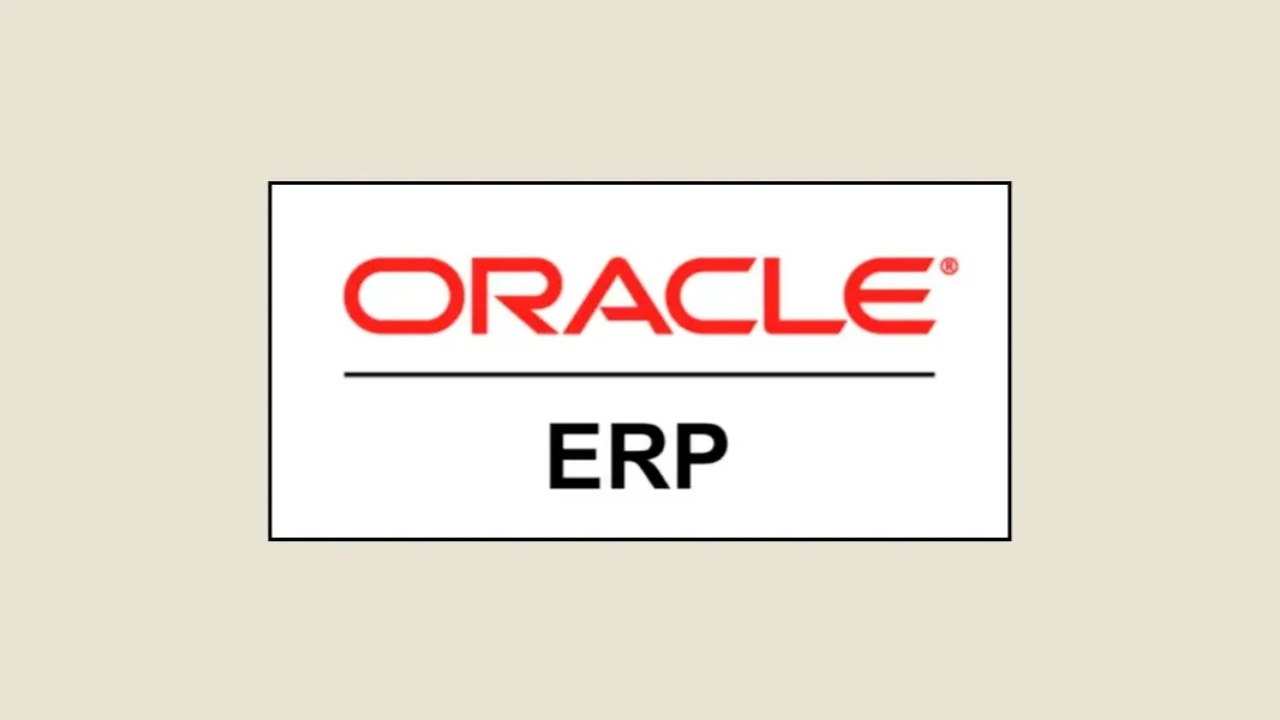Oracle ERP in 2025: Key Trends Shaping the Future of Enterprise Resource Planning

As businesses continue to navigate a rapidly evolving digital landscape, Oracle ERP Cloud remains a cornerstone of enterprise transformation. In 2025, Oracle ERP implementations are being shaped by a convergence of cutting-edge technologies, strategic business needs, and a growing emphasis on agility and sustainability.
Trends Defining Oracle ERP in 2025
Here are the most significant trends defining Oracle ERP adoption and evolution this year.
1. AI-Driven Automation and Intelligence
Oracle has embedded advanced AI and machine learning capabilities across its ERP suite. These tools are transforming traditional finance and operations by:
- Automating routine tasks such as invoice processing, account reconciliation, and expense approvals.
- Enhancing decision-making with predictive analytics and anomaly detection.
- Introducing AI agents that proactively manage workflows, detect risks, and suggest optimizations.
This shift is enabling finance teams to move from transactional roles to strategic advisory positions.
2. Cloud-First, Modular ERP Architectures
The move to the cloud is no longer optional—it’s foundational. Oracle ERP Cloud offers:
- Scalability and flexibility for growing enterprises.
- Modular deployment, allowing organizations to implement only the components they need.
- Faster updates and innovation cycles, thanks to Oracle’s quarterly release cadence.
Hybrid models are also gaining traction, especially in industries with legacy systems or regulatory constraints.
3. Two-Tier ERP Strategies for Global Agility
Multinational corporations are increasingly adopting two-tier ERP strategies:
- Tier 1: Oracle ERP Cloud at headquarters for centralized control and compliance.
- Tier 2: Lightweight ERP solutions at subsidiaries for local agility and faster deployment.
This approach balances global governance with regional flexibility.
4. ESG and Sustainability Integration
Sustainability is now a core business priority. Oracle has responded with:
- Oracle Fusion Cloud Sustainability, a solution that helps track carbon emissions, energy usage, and ESG metrics.
- Built-in reporting tools for regulatory compliance and stakeholder transparency.
ERP systems are evolving into platforms for environmental accountability.
5. Industry-Specific Innovations
Oracle continues to tailor its ERP offerings to meet the unique needs of various sectors:
- Healthcare: Enhanced compliance and patient-centric financial management.
- Manufacturing: IoT integration for real-time supply chain visibility.
- Public Sector: Purpose-built modules like Oracle Cloud Federal Financials.
These vertical solutions accelerate time-to-value and reduce customization overhead.
6. Enhanced User Experience and Mobile Access
Modern ERP users expect consumer-grade experiences. Oracle has invested in:
- Redesigned interfaces with intuitive navigation and personalized dashboards.
- Mobile-first capabilities, enabling real-time approvals, reporting, and collaboration from any device.
This focus on usability boosts adoption and productivity across the enterprise.
7. Integration with Emerging Technologies
Oracle ERP is increasingly integrated with:
- IoT for asset tracking and predictive maintenance.
- Blockchain for secure, transparent supply chains.
- Digital assistants for conversational interfaces and task automation.
These integrations are turning ERP systems into intelligent business platforms.
Oracle ERP in 2025 is not just a back-office system—it’s a strategic enabler of innovation, resilience, and growth. With AI at its core, cloud as its foundation, and sustainability as a guiding principle, Oracle ERP is helping organizations reimagine what’s possible in enterprise operations.